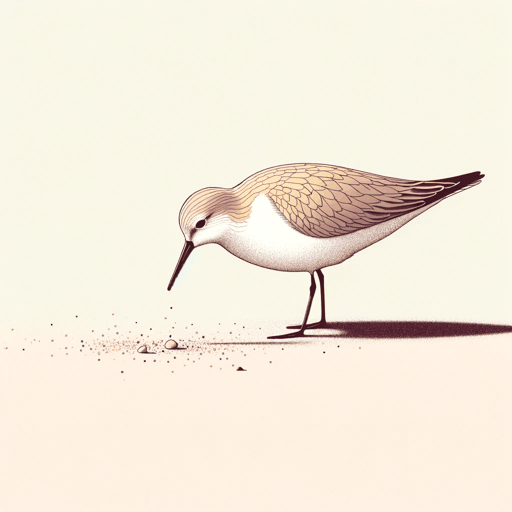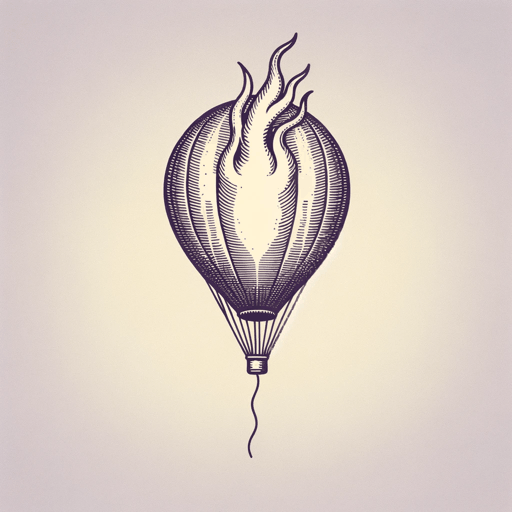26 pages • 52 minutes read
Elizabeth BishopOne Art
Fiction | Poem | Adult | Published in 1976A modern alternative to SparkNotes and CliffsNotes, SuperSummary offers high-quality Study Guides with detailed chapter summaries and analysis of major themes, characters, and more. For select classroom titles, we also provide Teaching Guides with discussion and quiz questions to prompt student engagement.
Further Reading
“Poetry,” Marianne Moore
Marianne Moore (1887-1972) resides in the upper echelon of American literature and poetics; she’s even considered a poet’s poet, beloved by literary heavyweights like T.S. Eliot and William Carlos Williams. Moore was a constant friend and mentor to Elizabeth Bishop, and her work, like Bishop’s, focused on precise description and execution. “Poetry” (1919; 1935) outlines Moore’s own stance on the poet’s role in art and life.
“Memories of West Street and Lepke,” Robert Lowell
Robert Lowell (1917-1977) and Elizabeth Bishop shared a close friendship, despite Lowell’s Confessional poetics and Bishop’s loathe of that form. Lowell’s poetry, however, sheds light on the style toward which American poetry pivoted in the 20th century—a style Bishop found too personal and forward. “Memories of West Street and Lepke” (1959) exemplifies Lowell’s personal, subjective voice as he recalls living in Boston and spending time in jail.
“The Armadillo,” Elizabeth Bishop
“The Armadillo” (1957) highlights Bishop’s attention to detail and insistence on precise language. Bishop dedicated the poem to Robert Lowell; it is considered one of her best-known poems.
Related Titles
By Elizabeth Bishop

A Miracle for Breakfast
Elizabeth Bishop

Arrival at Santos
Elizabeth Bishop

Crusoe in England
Elizabeth Bishop

Exchanging Hats
Elizabeth Bishop

Five Flights Up
Elizabeth Bishop

Insomnia
Elizabeth Bishop

Sandpiper
Elizabeth Bishop

The Armadillo
Elizabeth Bishop

The Fish
Elizabeth Bishop

The Imaginary Iceberg
Elizabeth Bishop

The Moose
Elizabeth Bishop

The Mountain
Elizabeth Bishop

The Shampoo
Elizabeth Bishop

